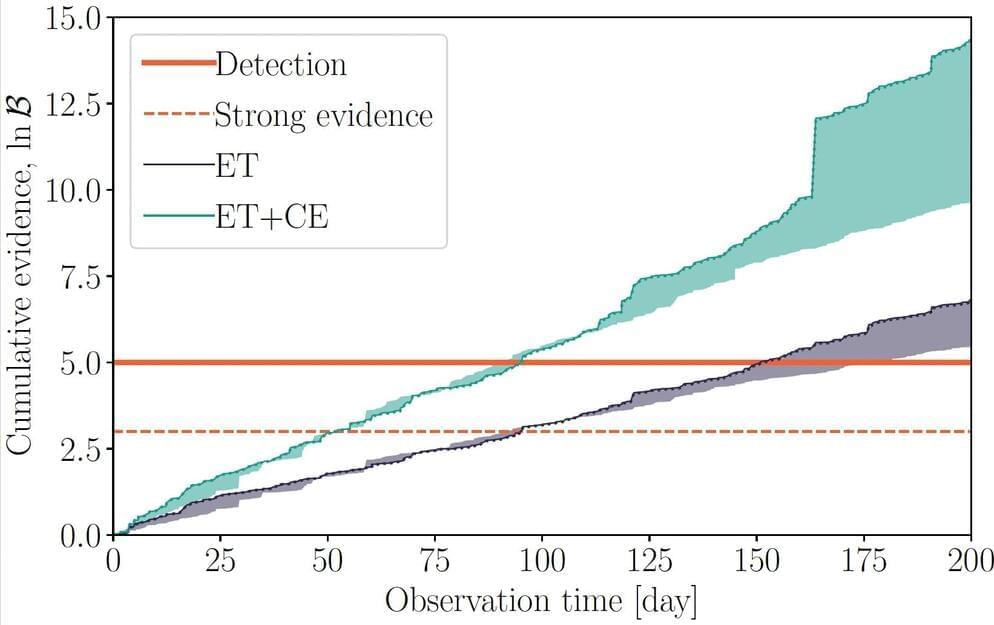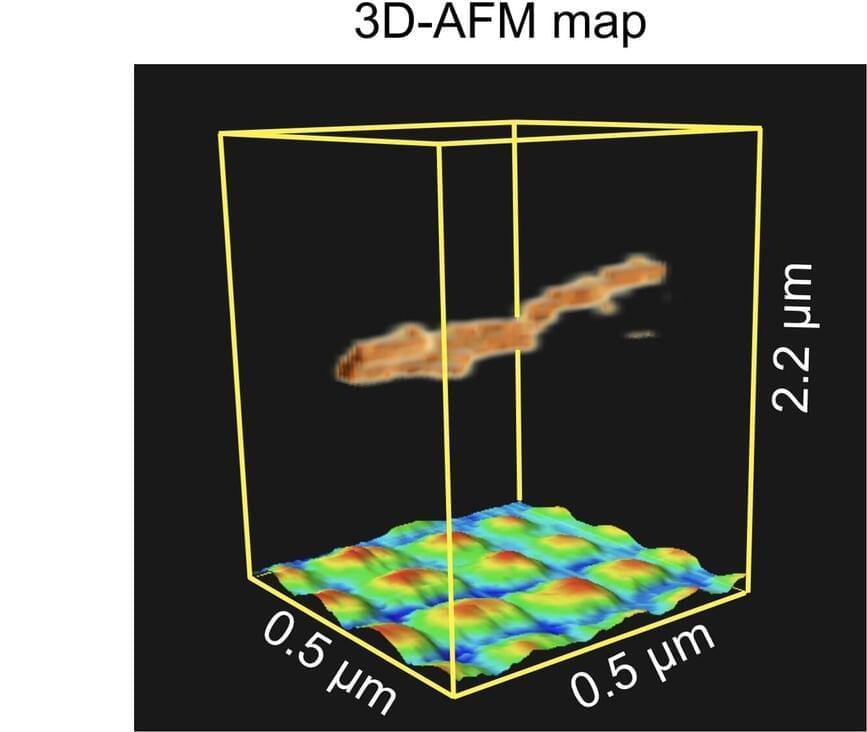
As predicted by the theory of general relativity, the passage of gravitational waves can leave a measurable change in the relative positions of objects. This physical phenomenon, known as gravitational wave memory, could potentially be leveraged to study both gravitational waves and spacetime.
Researchers at Gran Sasso Science Institute (GSSI) and the International School for Advanced Studies (SISSA) recently carried out a study exploring the possibility of using gravitational wave memory to measure spacetime symmetries, fundamental properties of spacetime that remain the same following specific transformations. Their paper, published in Physical Review Letters, suggests that these symmetries could be probed via the observation of displacement and spin memory.
“For a long time, I was curious about the phenomenon of gravitational wave memory and the connection of the associated low energy physics with quantum mechanics,” Boris Goncharov, co-author of the paper, told Phys.org. “I first heard about Weinberg’s soft graviton theorem from Prof. Paul Lasky at Monash University in Australia, during my Ph.D, when discussing gravitational wave memory. Then I learned about the so-called ” Infrared Triangle’ that connects the soft theorem with gravitational wave memory and symmetries of spacetime at infinity from gravitational wave sources.”

















